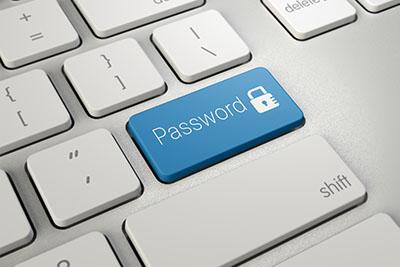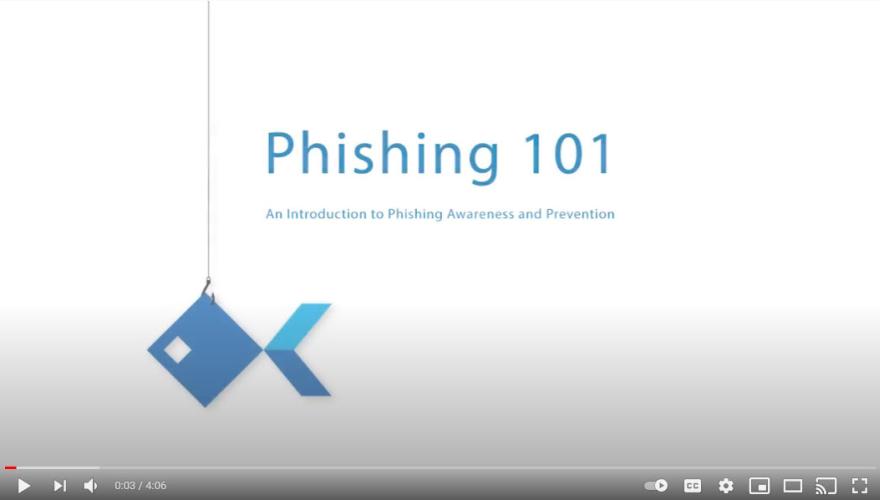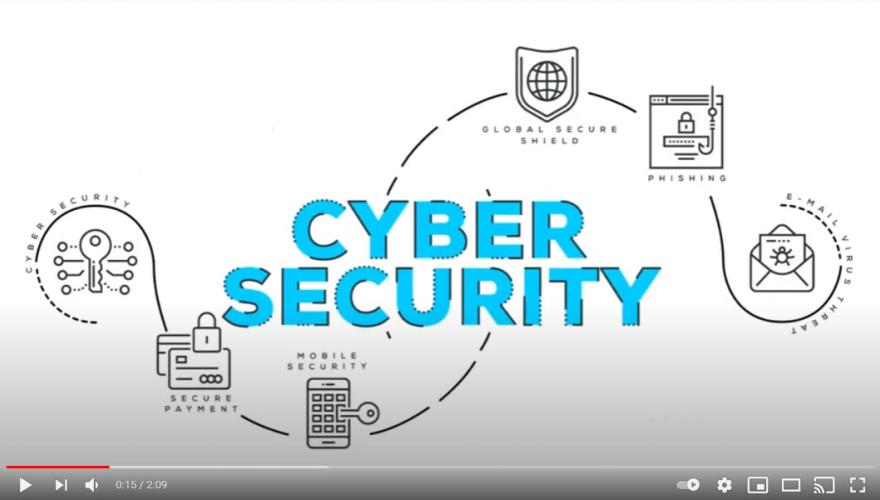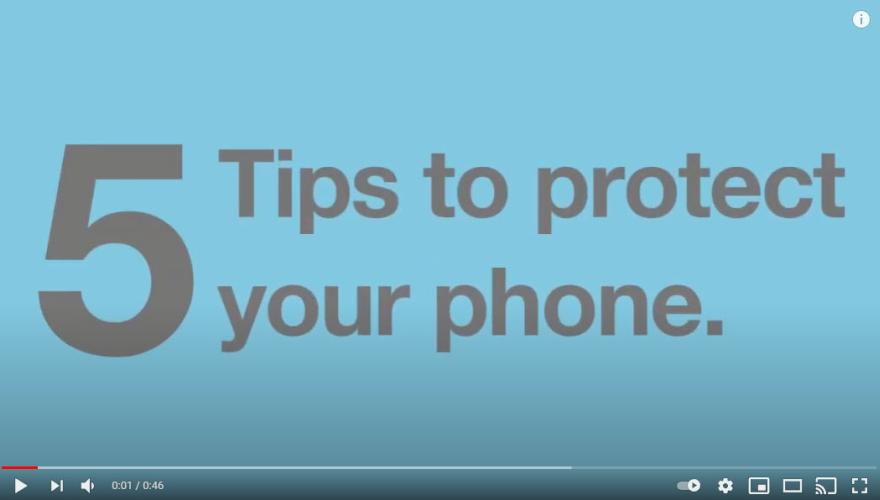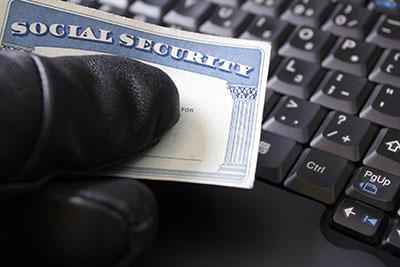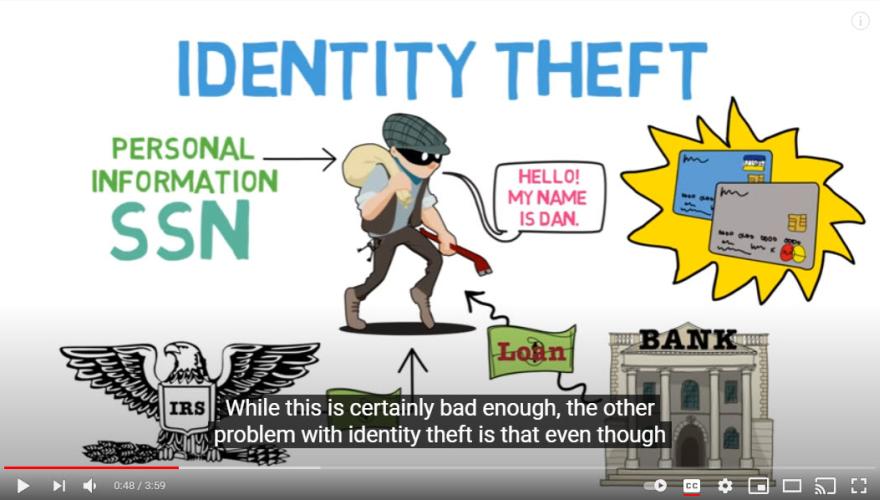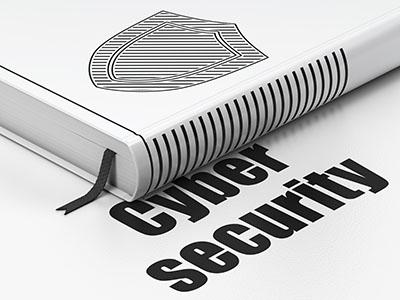Online Safety Tips and Resources
Online Safety Tips and Resources
Online Safety Best Practices
Ensure to apply online safety best practices when using the internet.
Our lives are connected to the online world, and the risks of cybersecurity attacks are increasing (1). Therefore – we must use online safety best practices – so we don’t fall victim to cyberattacks.
Avoiding Security Blindspots
These links provide information for cybersecurity online safety and best practices.
- Protecting Your Passwords
- Steps to Protect Against Cyberattacks
- Keep Your Devices Safe
- Reasons to Keep Your Data Private
- Protecting Your Privacy
It is important for us to improve our cyber-hygiene and use cybersecurity best practices so we can remain protected.
Sources
(1) Pbs.org, “Why ransomware attacks are on the rise — and what can be done to stop them,” Lynsey Jeffery and Vignesh Ramachandran, Jul 8, 2021, https://www.pbs.org/newshour/nation/why-ransomware-attacks-are-on-the-rise-and-what-can-be-done-to-stop-them.
Remote Work Safety Practices
Secure your remote work environment from cyber criminals.
Teleworking means you can connect to your work resources from a remote location to perform your job duties. Trends for teleworking have accelerated in the past year (1). Cybersecurity attacks against teleworkers also increased due to the accelerated trends for remote work (2).
To learn how to create a safe remote environment, review this free telework security awareness course from KnowB4 – Internet Security When You Work From Home.
Here are additional links to keep learning about recommended cybersecurity best practices to ensure safety within your remote work environment.
- “Do’s and Don’ts” of Teleworking
- Telework Security Basics
- Mobile Device Safety Practices
- Identify and Protect Sensitive Information
- Secure Your Web Browsing
- Video Conferencing Tips
- Securing Video Conference Tools
All teleworkers must be responsible for familiarizing themselves with these best practices to mitigate the risks of increased cyberattacks aimed at them.
Sources
Phishing
Prevent falling prey to phishing attacks by learning how to spot them.
Phishing is a type of cybersecurity attack that tries to trick the human into revealing sensitive information or deploying malicious tools without the person realizing it (1). Phishing attacks are up 11% in the past year, and 85% of breaches have involved the human element (2).
There are various ways in which phishing attacks occur. You can learn more through these links and videos.
- Phishing 101
- Types of Phishing Attacks
- Phishing Trends
- Phishing Examples
- Payroll Phishing Scam
- Anatomy of a Phish
Phishing 101 - An Introduction to Phishing Awareness and Prevention
(*Source – PhishingBox)
What Is Phishing and How to Avoid the Bait
(*Source – iluli by Mike Lamb)
After reviewing these links and videos, you should be familiar with the different types of phishing attacks and defensive best practices to keep safe.
*Sources
(1) phishing.org. “What is Phishing?” https://www.phishing.org/what-is-phishing
(2) www.welivesecurity.com, “Verizon’s 2021 DBIR: Phishing and ransomware threats looming ever larger,” May 14, 2021, Amer Owaida
Mobile Device Safety
Make sure to keep your mobile devices safe.
We commonly use our mobile devices to manage our digital lives. Mobile devices – such as your smartphone – store all your personal information and enable you to connect to your online platforms.
Losing your mobile device or getting it stolen can be devastating. This could allow someone else to gain access to your personal information and online accounts if the device was not protected.
Make sure to review the links and videos in this section to learn how to keep your mobile devices safe.
NISC CyberSense - Mobile Device Security
(*Source – MyNISCTV)
5 Tips to protect your phone | Phone security | Three (2018)
(*Source – Three UK)
How to protect your privacy from the apps on your smartphone | ABC10 Originals
(*Source – ABC10)
Mobile devices are a lifeline to us and for this reason, we must keep them secured.
Identity Theft
Identity theft has affected about 47% of U.S. consumers in the past two years. There’s been a 42% increase between 2019 and 2020. Unemployment identity theft occurring throughout the pandemic has been a main reason for it (1).
Fraudsters have been around for a long time. But now, our digital presence has opened new ways for them to steal your identity.
Review these links and videos to learn more about how it happens, applying preventive practices, spotting the warning signs, and reporting ID theft.
- ID Theft Basics
- Warning Signs and Prevention Tips for Identity Theft
- Report ID Theft and Make a Recovery Plan
- Tips For College Students To Avoid ID Theft
- NJSP ID Theft Reference Guide
How to Prevent Identity Theft
(*Source – MoneyCoach)
Don’t make it easy for them. Make sure your preventive practices are in place. Be vigilant so you can spot the warning signs. And report it if you spot anything suspicious.
Source
(1) www.iii.org, “Facts + Statistics: Identity theft and cybercrime,” Insurance Information Institute
Cybersecurity Learning
It is our responsibility to make the internet a safer place.
Learning about cybersecurity enables us to be prepared to detect and react against cyber threats when they are encountered.
See how prepared you are to defend your environment against cyber threats by going through some of the exercises listed here.
What Would You Do?
- Intro to Cybersecurity
- Cybersecurity Knowledge Quiz
- Can you spot when you’re being phished?
- Cybersecurity Ultimate Trivia
- Free Online Cybersecurity Courses
Cyberattacks are not going to stop which means that we must learn about them so we can be prepared to defend ourselves (1).
Sources
